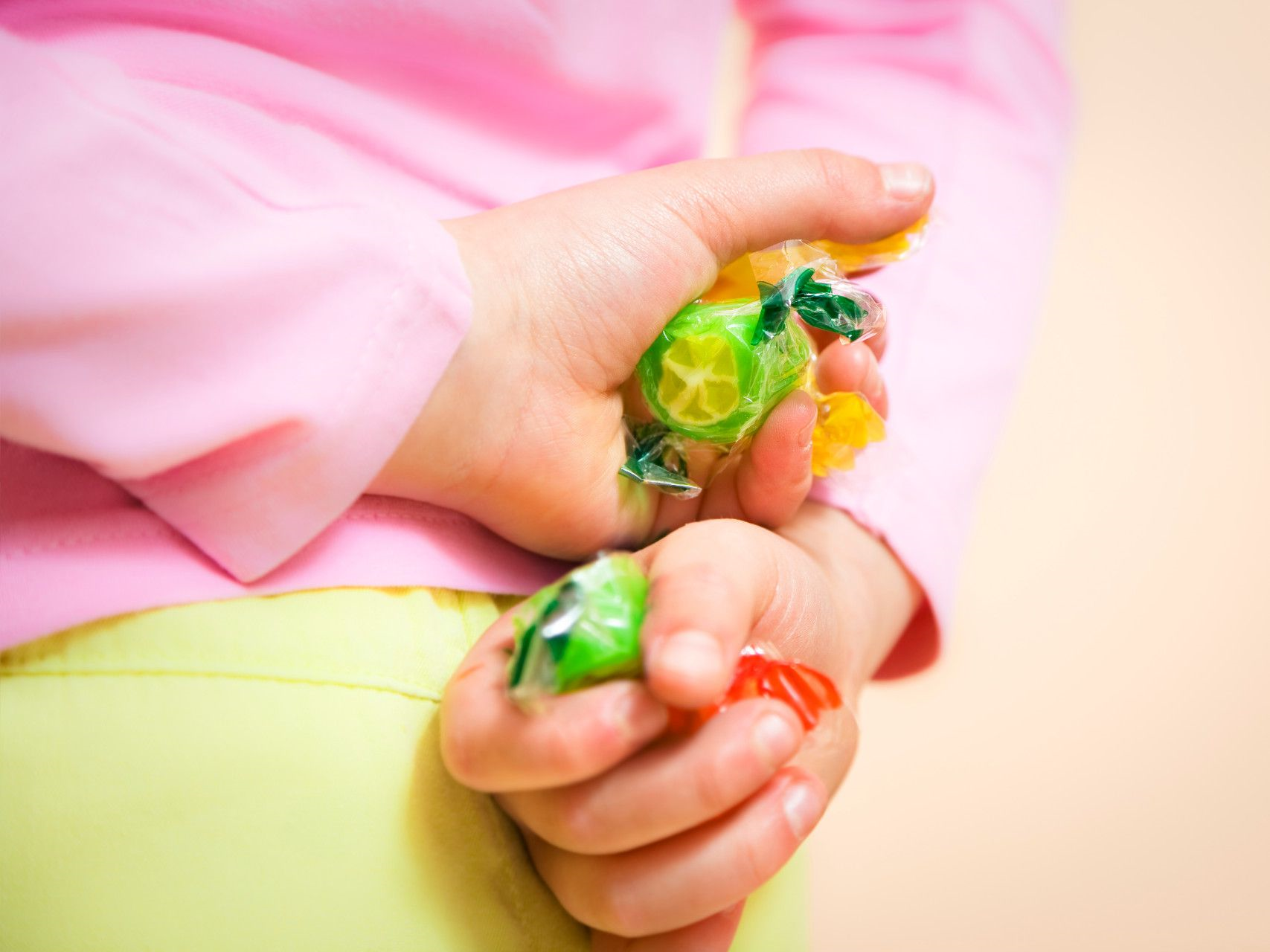You are here
Home 🌿 Recreational Marijuana News 🌿 Health Canada cautions parents: Children are curious and like candy, so keep cannabis edibles out of reach 🌿Health Canada cautions parents: Children are curious and like candy, so keep cannabis edibles out of reach

Children are being harmed after consuming illegal cannabis edibles that are not subject to safety and quality controls, do not have childproof packaging and have been stored by parents in places too easily accessible to kids.
That was the warning from Health Canada, which Thursday issued an advisory of several cases of children having been hospitalized after ingesting illegal weed edibles that looked like regular candies or treats.
All of the edibles were stored in places like fridges or freezers and did not have the childproof packaging required on legal cannabis edibles, notes the advisory.
According to the Canadian Press, a Health Canada official said that at least 15 children under 12 years old “have had serious adverse reactions after consuming food or drinks containing marijuana” since weed was legalized in October 2018. There have been hospitalizations, but no deaths.
Cannabis edibles were not available in legal retail until mid-December 2019 at the earliest.
Health Canada is not the only organization sounding the alarm about a rise in cannabis edibles ingestions landing children and young people in hospital.
The Children’s Hospital of Eastern Ontario (CHEO) has also witnessed a big hike in these cases, including one involving a three-year-old, according to the Ottawa Citizen. These emergency room visits to CHEO skyrocketed to an estimated 85 per cent during this May to July compared to the same months in 2019, although it must be noted legal edibles could only be sold starting last December.

Symptoms following ingestion can range from mild to severe. / Photo: wildpixel / iStock / Getty Images Plus / Photo: wildpixel / iStock / Getty Images Plus
Those under the age of 13 made up 28 per cent of the related visits to CHEO during the May to July period this year.
Despite the number of incidents being low, concern over the upward trend is high. Children can have mild symptoms, but they can “also have very severe effects, including slowing their breathing to the point they need to be intubated, or even seizures,” Dr. Melanie Bechard, a pediatric emergency physician at CHEO, told the Ottawa Citizen.
In 2019, paediatricians and health-care providers reported 51 cases of cannabis-related exposure among those under the age of 18, according to the preliminary results of a study that runs until this October. Of those cases, 36 (16 girls and 20 boys) involved serious or life-threatening events and 34 required hospitalization, reports CTV News.

Although less is known about the contents of illegal products, both illegal and legal products could still pose a threat to children. / Photo: Getty Images / Photo: Getty Images
The study is looking at incidents involving those under the age of 18 who have experienced a serious or life-threatening event after being exposed to recreational cannabis, CTV News reports.
“These findings provide Canadian-specific data to support guidance on the potential harms of cannabis use by adolescents and on the importance of appropriate storage of edibles, especially around young children,” adds Dr. Christina Grant, a co-principal investigator of the study.
Beyond child-resistant and tamper-evident packaging, federal requirements note the product must be plain packaging, warning messages and important information must be listed, the container must be opaque or translucent, and the product can have a maximum of 10 milligrams of THC per package.
Although less is known about the contents of illegal products, given they are unregulated and untested, both illegal and legal products could still pose a threat to children. As such, they need to be properly stored and secured.

To ensure the product is legal, check for the required excise stamp. / Photo: BNN Bloomberg / Photo: BNN Bloomberg
“Consider storing cannabis products in a locked drawer or box, and separate from regular food or drinks,” Health Canada advises. “By properly storing and labeling cannabis products, there is less risk of accidental consumption.”
To ensure the product is legal, check for the required excise stamp, which must be on products containing more than 0.3 per cent THC, it adds.
Dr. Bechard echoed the caution to ensure children are supervised and that products are kept out of reach. “We know having a product in a home is automatically a risk factor for children to access and ingest that product, especially when children are at home more,” she told the Ottawa Citizen.
420 Intel is Your Source for Marijuana News
420 Intel Canada is your leading news source for the Canadian cannabis industry. Get the latest updates on Canadian cannabis stocks and developments on how Canada continues to be a major player in the worldwide recreational and medical cannabis industry.
420 Intel Canada is the Canadian Industry news outlet that will keep you updated on how these Canadian developments in recreational and medical marijuana will impact the country and the world. Our commitment is to bring you the most important cannabis news stories from across Canada every day of the week.
Marijuana industry news is a constant endeavor with new developments each day. For marijuana news across the True North, 420 Intel Canada promises to bring you quality, Canadian, cannabis industry news.
You can get 420 Intel news delivered directly to your inbox by signing up for our daily marijuana news, ensuring you’re always kept up to date on the ever-changing cannabis industry. To stay even better informed about marijuana legalization news follow us on Twitter, Facebook and LinkedIn.




